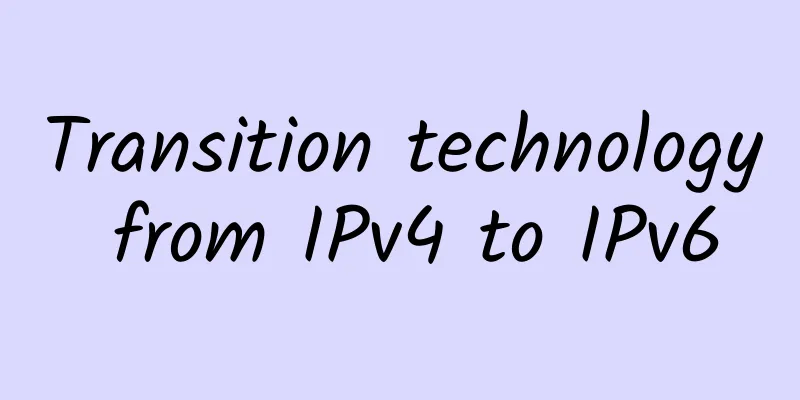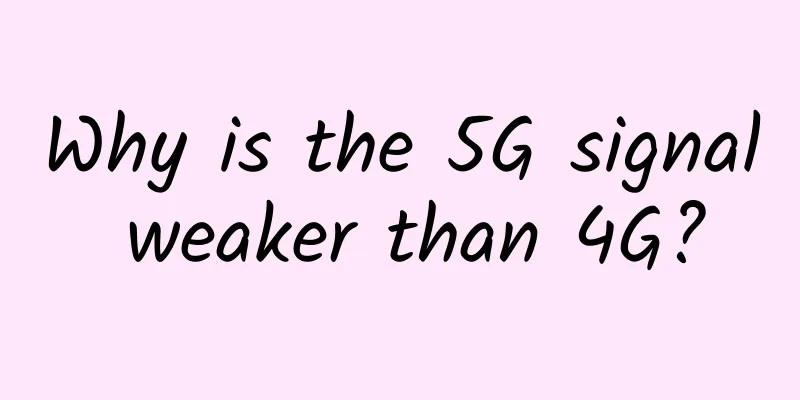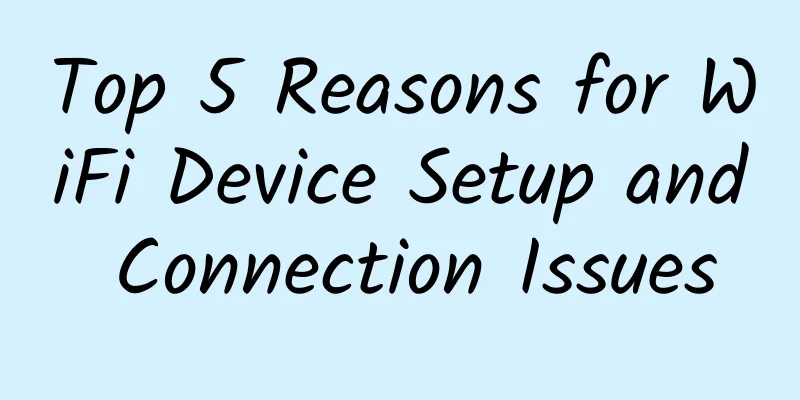Transition technology from IPv4 to IPv6

|
As IPv4 addresses are about to be exhausted, the shortage of IP addresses has become a global problem that needs to be solved urgently. Although IPv6 with a longer header appeared a few years ago and can provide more IP addresses, its application and popularization are not easy. "Can IPv4 and IPv6 be used at the same time?", "How can IPv4 and IPv6 coexist?" These questions are currently of great concern to users. IPv6 was proposed in 1992. It has been more than 20 years now. The development of IPv6 technology has become very mature. So can IPv4 be switched to IPv6 all at once? The answer is definitely no. This is mainly because IPv6 is not an improvement on IPv4. IPv6 is a brand new protocol. It is a different network protocol at the link layer and cannot communicate directly. Moreover, IPv4 is currently used almost everywhere, so this conversion may take a long time. The following figure shows the difference between IPv4 and IPv6: In short, in addition to the abundant number of IP addresses, IPv6 has many other advantages over IPv4, including faster transmission speed. Faster, faster, and very fast are the long-term pursuit of the Internet. IPv6 has a fixed header, unlike IPv4, which carries a bunch of lengthy data. The short header improves the efficiency of network data forwarding. And because IPv6 has a smaller routing table and stronger aggregation capabilities, it ensures that the data forwarding path is shorter, greatly improving forwarding efficiency. At present, there are three strategies and transition technologies to achieve the coexistence of IPv4 and IPv6. The first is to use dual stacks to allow your host or network device to support both IPv4 and IPv6 protocol stacks; the second is to encapsulate IPv6 packets in IPv4 packets through tunneling technology; the third is to convert IPv6 packets into IPv4 packets and vice versa through Network Address Translation (NAT) technology. Dual stack technologyDual stack technology is an effective technology for transitioning from IPv4 to IPv6. Its nodes support both IPv4 and IPv6 protocol stacks. When IPv6 nodes communicate with IPv6 nodes, they use the IPv6 protocol stack. When communicating with IPv4 nodes, they use the IPv4 protocol stack with the help of IPv4 over IPv6 tunnels. Through this technology, information communication with IPv4 or IPv6 nodes can be achieved. Dual stack can be implemented on a single device, or it can be a dual stack backbone network. What is a dual stack backbone network? It means that all devices support IPv4/IPv6 protocol stacks at the same time, and the decryption control connecting the dual stack network is also configured with IPv4 addresses and IPv6 addresses. The following are examples of protocol stacks and dual stack structures: Dual stack technology is the basis of IPv6 transition technology. It can flexibly enable/disable IPv4/IPv6 functions and provide full compatibility with IPv4 and IPv6. However, this method requires a dual routing infrastructure, that is, all nodes support dual stack, which increases the difficulty of transformation and deployment and increases the network complexity. Tunnel Technology ModeThis mode is used at the boundary of IPv4 and IPv6. First, an IPv4 tunnel is established with the help of an IPv4 network, and then IPv6 point-to-point access is achieved. It is usually used at the IDC export boundary or internal IGP cross-domain access. Technical protocols include 6in4 tunnel, DS+NAT, DS-Lite, etc. Tunnel mode is the most convenient of the three transformation methods, but it has certain requirements for the intranet IGP protocol and the traffic usage of key links. Conversion ModeThat is, without changing the existing network structure, IPv4 to IPv6 or IPv6 to IPv4 access conversion is performed through the address translation protocol to meet the two-way access requirements between IPv4 and IPv6. The technical deployment protocol includes NAT 46, which is generally oriented to the data center egress and provides mapping from outside to inside and from inside to outside. This mode has high requirements on device performance and is difficult to support high-concurrency services. It is suitable for services with smaller sessions. The 5G era is coming, and IPv6 networks will become a strong support for the development and application of new Internet services. In the future, Getui will continue to hone its own technology, actively explore and develop the road from IPv4 to IPv6, and realize the full activation of IPv6 networks. |
<<: Seven steps to SD-WAN deployment
>>: From 0G to 5G, the ups and downs of mobile communications over the past century
Recommend
Inspur Network Electronics Range Training Base officially launched
Recently, the "Inspur Network Electronic Tar...
Which industry will be the hot spot for artificial intelligence in the 5G era?
In this process, many applications are constantly...
5G will be fully rolled out in 2020. Are 5G network and 5G frequency band the same thing?
After the 5G trial commercialization in 2018 and ...
ProfitServer Atlanta/Singapore VPS 50% off, unlimited traffic starting at $2.88 per month
ProfitServer sent an email about Christmas promot...
Sharktech: Los Angeles 1Gbps unlimited traffic high-defense server starting at $59/month, 10Gbps unlimited traffic server starting at $259/month
Sharktech, which we call the Shark Data Center (o...
Juniper Networks' Shaowen Ma: The best SDN controller for cloud computing
[51CTO.com original article] The interview with M...
Huawei Cloud launches full-stack private cloud solution to support enterprise cloud transformation
[51CTO.com original article] Recently, the Huawei...
Transmission technology has made a great leap forward! The IoT market will exceed one trillion this year
Multiple IoT transmission technologies have been ...
The latest analysis of WiFi 6E and WiFi 7 market!
WiFi has been expanding its deployment and applic...
Exploring the evolution of Ethernet bandwidth for 5G bearer
From the voice services in the 2G era, to the ris...
Analysis of the development trend of millimeter wave communication technology market from 2020 to 2027
In 2019, the global millimeter wave communication...
Awesome, my network
China's broadband speed used to be disappoint...
DediPath New Year's Day Promotion: 50% off all VPS/Hybrid Servers, Los Angeles 1Gbps unlimited traffic dedicated server starting at $39/month
DediPath's New Year's Day promotion is th...
Survey: U.S. users are dissatisfied with internet service providers, with satisfaction ranking near the bottom
On June 8, a research organization recently relea...









